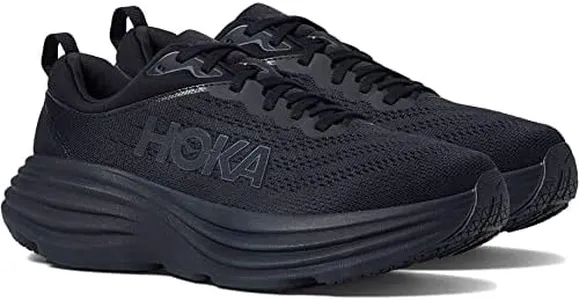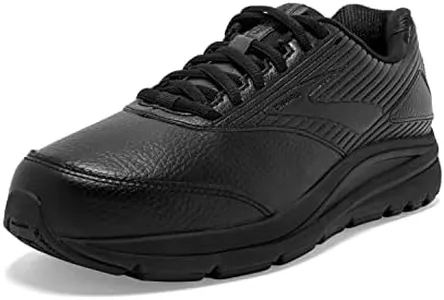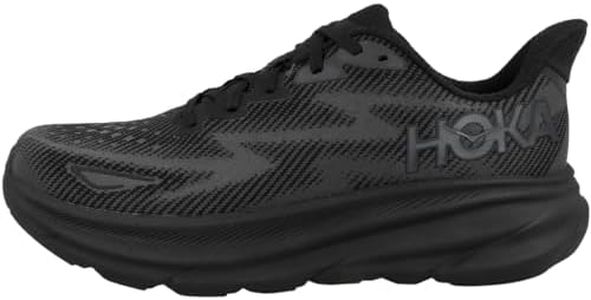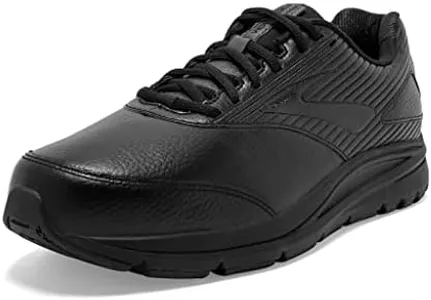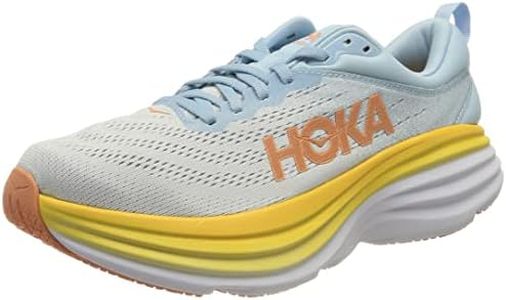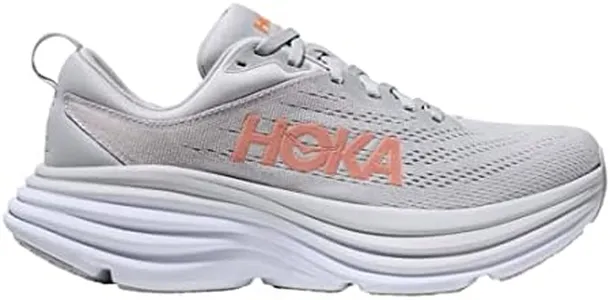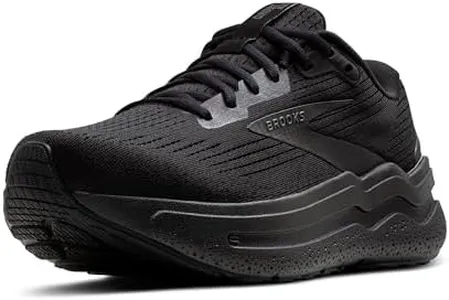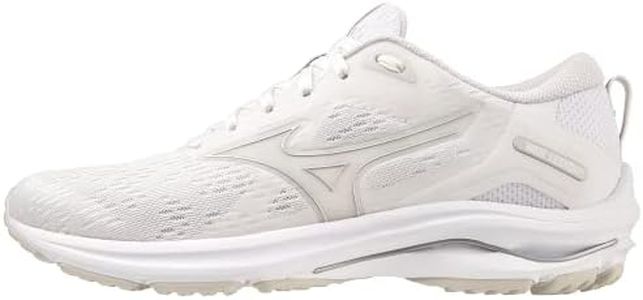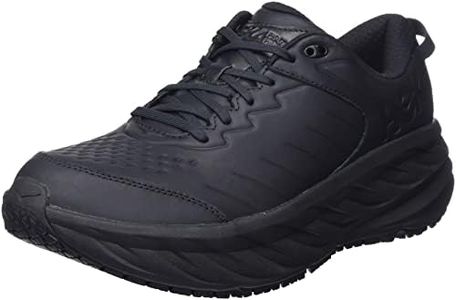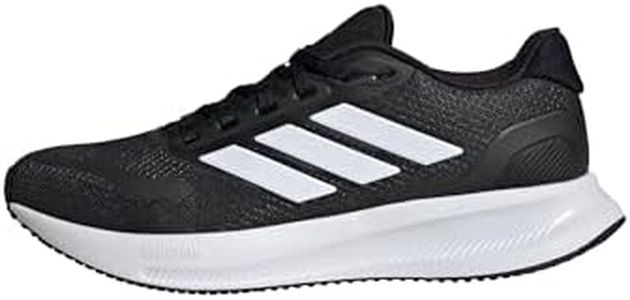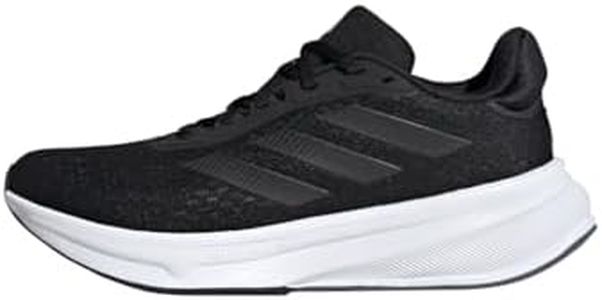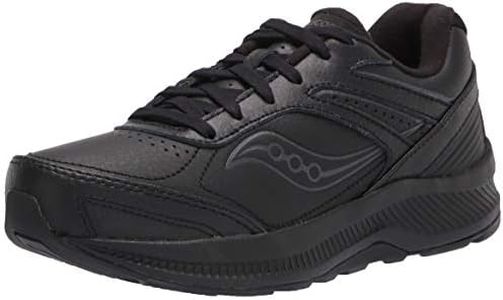We Use CookiesWe use cookies to enhance the security, performance,
functionality and for analytical and promotional activities. By continuing to browse this site you
are agreeing to our privacy policy
10 Best Walking Shoes For Supination
From leading brands and best sellers available on the web.Buying Guide for the Best Walking Shoes For Supination
Choosing the right walking shoes for supination (when your feet roll outward while walking) is essential for comfort, support, and overall foot health. Supination can put extra strain on certain parts of your feet and legs, so the right shoes can help prevent discomfort and injuries. Rather than picking the first pair you see, focus on specific features that address supination and match your walking habits and foot shape.Arch SupportArch support refers to how well the shoe supports the natural curves of your foot. For supination, shoes with strong, well-placed arch support help distribute weight more evenly and keep your feet in a healthier position. When comparing arch support, look for shoes labeled as 'neutral' or slightly cushioned, as overly rigid or high-arched shoes might push your feet outward even more. The right level of support depends on your foot's arch—higher arches usually need more support, so consider your own foot shape when making a choice.
CushioningCushioning describes how much impact the shoe absorbs as you walk. Good cushioning protects against the extra pressure supinators often put on the outer edge of their feet. Shoes typically range from minimal to maximum cushioning. If your walks are long or you're prone to sore feet, go for shoes with moderate to extra cushioning. If you prefer a lighter feel and walk shorter distances, something with moderate cushioning might suit you better.
Sole FlexibilitySole flexibility means how easily the shoe bends with your foot's movement. Supination usually benefits from slightly flexible soles that guide the foot forward without twisting outward. Shoes with very stiff soles can make supination worse, while overly flexible shoes might not provide enough support. Try bending the shoe in your hands—look for flexibility at the toe but enough resistance to avoid flopping.
Outsole DesignThe outsole is the bottom surface of the shoe, and its design affects traction and durability. For supination, choose outsoles with reinforced outer edges or extra tread on the outside, which can help prevent uneven wear. If you notice you're wearing out your shoes quickly on the outer side, look for more durable materials or extra support on that side. Select the tread pattern based on your usual walking surfaces; deeper patterns for trails, simpler for pavement.
Heel Support and CounterHeel support involves the structure around your heel, often called the heel counter. A firm, well-fitting heel counter keeps your foot stable and limits sideways movement, which is especially useful for supinators. When trying on shoes, notice whether your heel feels secure and doesn't slip. A shoe that's too loose at the heel can increase supination, so pick one that hugs the back of your foot comfortably.
